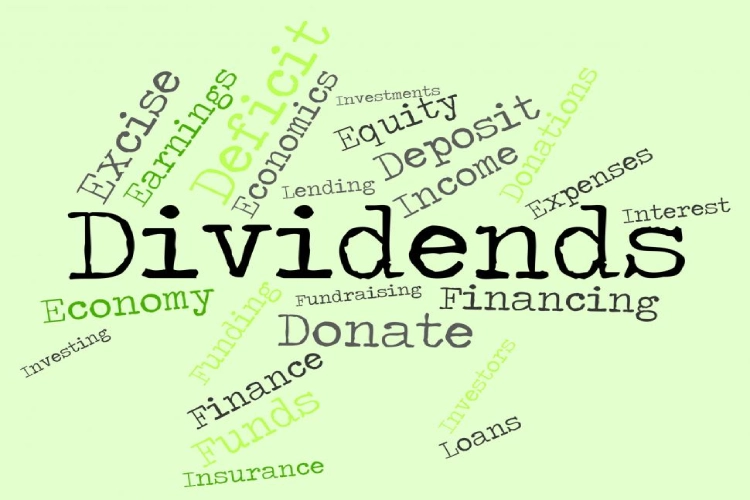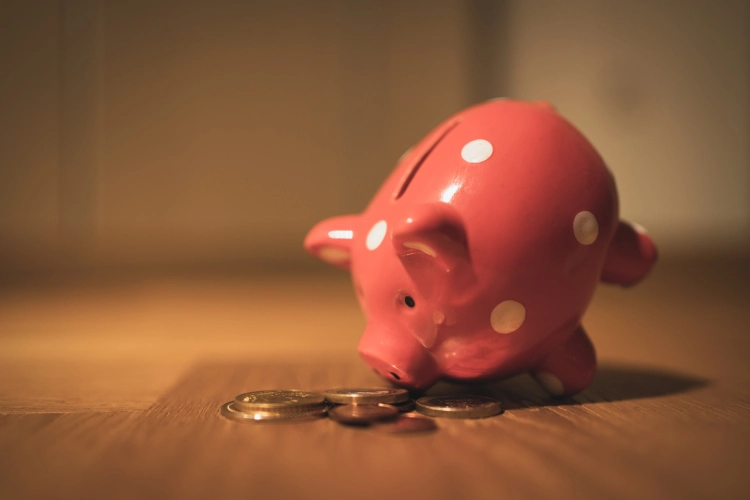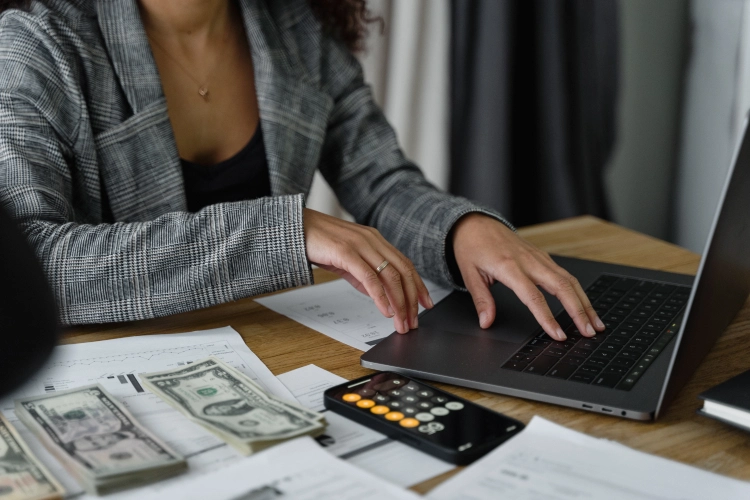People often talk about profit sharing as a way for workers and employees to gain a stake in the success of American businesses. In a world with weakened unions, how will workers get a cut of the profits? Employees overwhelmingly like the idea of profit sharing as a regular part of their pay. But there’s been a way for the public to share in corporate success for more than a century: a dividend - literally dividing the profits.
Here’s how it works: you find a company that offers dividends, then you buy their stock and wait. Usually, each quarter the company pays out a small part of its profit to shareholders, something like… It doesn’t sound like much, but over time that money can really add up. As long as you own the stock, you’ll get paid. Just like in Monopoly, people bought utility stocks (big regulated companies) for small but regular dividend payments. But dividends have been around a lot longer than the game.
The History and Benefits of Dividend Investing
Starting in 1790 or so, when you formed our modern government, the companies paid out most of their earnings as dividends, and investors expected to be paid a pretty healthy dividend. I think one of the reasons for that is, you know, we didn’t have an S.E.C. then. And so, how did investors get information on how well their investments were doing? One of the basic sources of information was the quarterly dividend. Iconic companies like General Mills, Procter & Gamble, and Coca-Cola have been paying dividends every year, uninterrupted, since the 1890s.
The public got interested in stocks in a much bigger way in the 1920s, then was disappointed of course during the Depression. But the financial reforms I think restored a lot of confidence in the integrity of the capital markets. Early in the 20th century, big quintessential American companies were paying significant dividends. AT&T, for example, was considered a “widows and orphans” stock. They had a good dividend payout, and so hundreds of thousands of people owned stock in AT&T and it was considered a blue-chip stock with a very steady growing dividend payout.
If you bought AT&T stock just after Christmas, the dividend payments that you get every quarter would have added up to about 25 dollars by 2019. The stock essentially pays for itself in just over 15 years. Whether the price goes up or down, you still own the stock.
The Decline of Dividends in the Stock Market and Its Impact on Investors
Over the years, dividends have made up a good portion of overall returns in the stock market. Actually, not just a good portion, since 1926 about 40 percent of total returns have come from dividends. As recently as the 1970s and 80s, you could get 4 percent return every year on dividends. But things have slowed down in recent decades. Why is that? Especially after the FCC came in, we had so much information on companies that was required by the government that we didn’t necessarily demand that they pay out a lot of dividends. But taxation had something to do with it too. We taxed dividends and capital gains. But see, when you pay out a dividend, you know the corporation already paid in corporate income tax on the money it pays out as a dividend, and the shareholder has to pay a tax on that too. So that’s a kind of double taxation which may have discouraged paying out a lot of money as dividends.
More recently, new and exciting companies haven’t offered dividends. The argument is that they need to reinvest those profits into growing the business. That’s how it was with the tech companies in the dot.com bubble. They were growing very fast, and if they paid out dividends, then they would probably have to go to the markets and issue more stock or borrow more money. And there are some negative features of doing that. And investors accepted the idea that a rapidly growing company should probably keep 100 percent of its earnings and reinvest in the business, and everybody was better off that way. Some of the largest companies in the world like Amazon, Facebook, and Netflix don’t issue dividends as of 2019.
Part of the decline has come in an era where stock buybacks have boomed in popularity. Chevron, Starbucks, Qualcomm, and Apple are just a few of the names of companies announcing big share buyback programs along with their earnings reports. It’s also looking like it’ll be a record-breaking year for share buybacks. That’s when companies buy their own stock to help boost the price. This chart shows how yields from buybacks have outpaced dividends pretty much since the mid-2010s, according to Howard Silverblatt at S&P Global. It’s all part of keeping more of the profits inside the company.
And that rationale for declining dividends might make you mad. I think corporate managers prefer to hang on to the money that they earn instead of paying it out as dividends because a good part of their income may come from their stock options. By keeping the money in the company, the stock price tends to go up faster, but some of the financial research shows that maybe the investors would be better off if dividends were paid to them.
A Potential Resurgence?
Traditionally, it’s big, mature companies with stable businesses that participate in this type of profit sharing. Once a company pays out a dividend, it can be hard to go back without the market punishing it by pushing the stock down. Of course, dividend yield fluctuates with the price of a stock. As long as the company keeps paying out the dividend, if the price of the stock goes down, the yield on the dividend goes up. That can be a sign of a bargain as long as the company is not in big trouble.
But sometimes a dividend yield that’s too high is a red flag. As of the beginning of 2019, some of the major companies with the best-yielding dividends included CenturyLink, Ford, L Brands, and yes, AT&T. So, will we see a resurgence of dividends in upcoming years? It’s unclear. According to S&P Global Silverblat, yields are still historically low. I think there’s some financial research that shows that companies that pay out higher dividend rates actually have higher returns than ones that pay out lower rates. I think there’s still an argument to be made that they might be socially good if companies paid out more of their earnings because when the companies take a large share of their earnings and reinvest it, sometimes they make mistakes.
Regardless, if your investment goals align with a little less risk and stable earnings, dividend stocks may be for you. Especially in times of volatility, you can still make some income, even if the stock falls.

 Saving Money Made Easy For New Entrepreneurs
Saving Money Made Easy For New Entrepreneurs